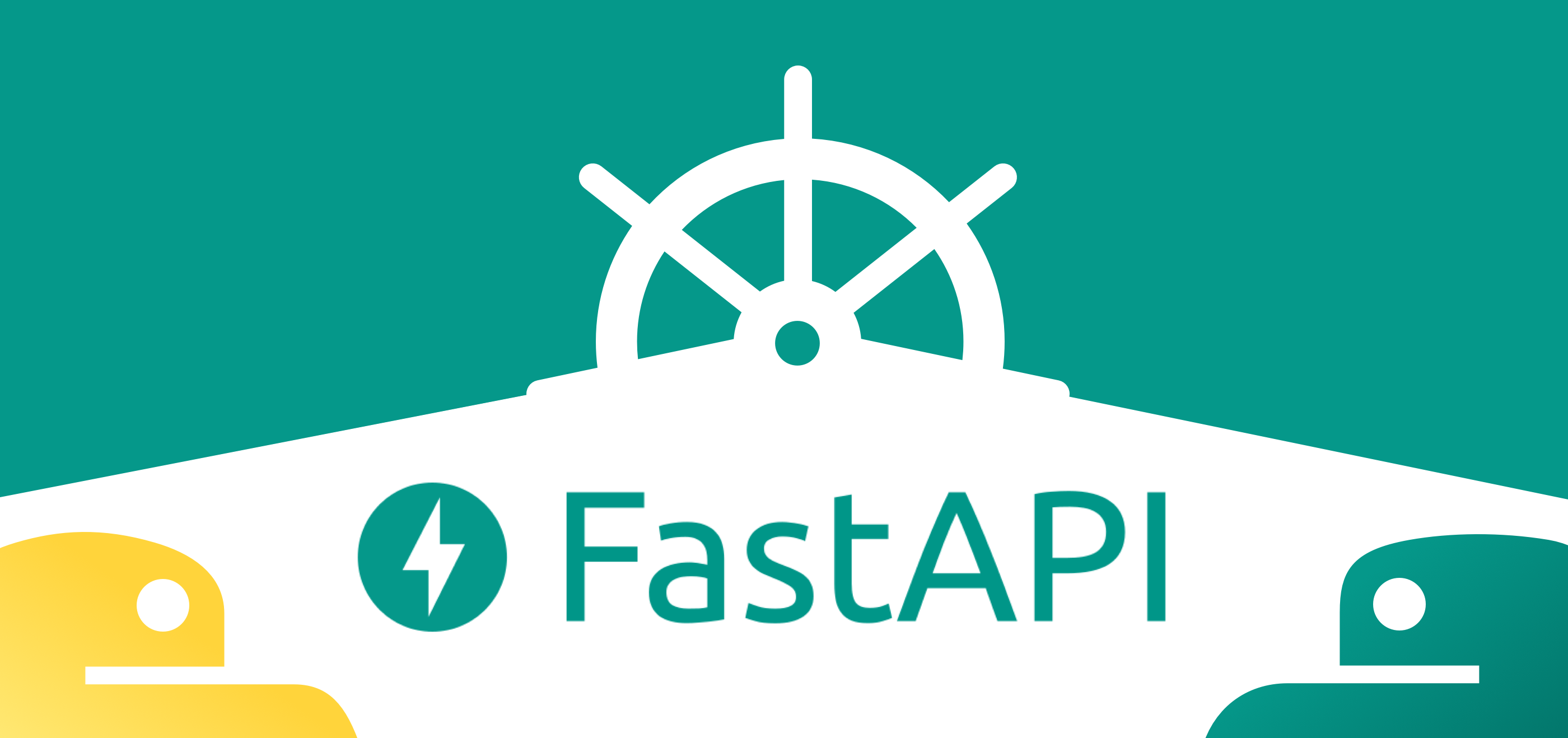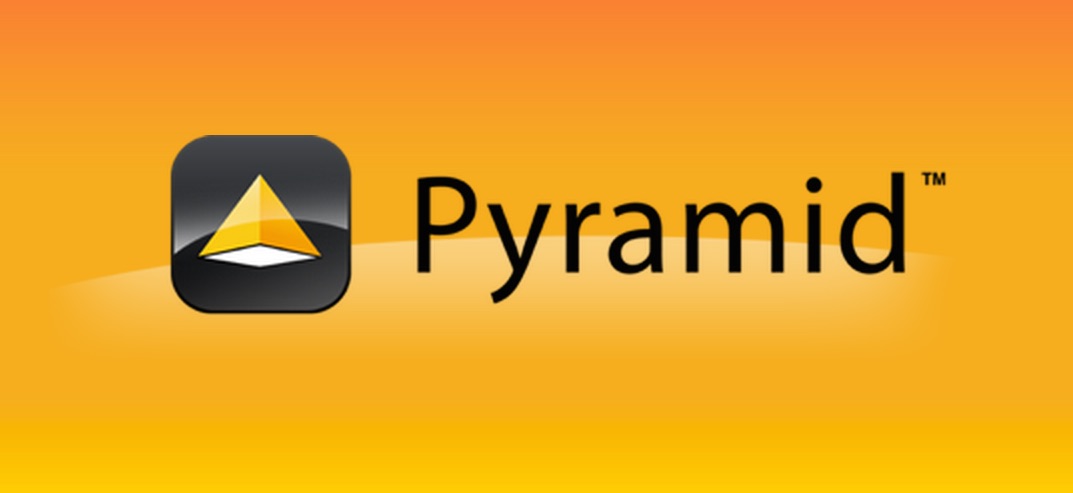Introduction of Python frameworks for Back-End programming
 Shahriar Ghasempour
Shahriar Ghasempour
Python is a highly versatile and widely popular programming language that finds its application in various domains ranging from data analysis to building Telegram bots and even automating system tasks. It has emerged as one of the most widely used languages in the programming world due to its user-friendly syntax and flexibility. In recent years, Python has garnered immense interest from programmers across the globe, and its popularity continues to soar with each passing day.
In this article, we will delve into the use of Python in back-end programming and introduce you to some of the popular frameworks that are being widely used in this domain
Why Python?

Python is a high-level and multi-purpose interpreted language that boasts of being one of the most popular programming languages in the world. Its main philosophy is centered around high code readability, making it easy to write and understand. Python has become a favored choice among start-up companies and is increasingly being used in the growing fields of data science and artificial intelligence.
Recently, Stack Overflow conducted its annual developer survey for the past year, which revealed that Python is the fastest-growing programming language in terms of popularity. Its versatility and user-friendly syntax have made it a preferred choice among developers. Python's popularity has surged to such an extent that it has been declared the fastest-growing programming language in recent times.
What's a framework?

A framework is a pre-established set of rules, practices, and guidelines that provide a structure for building and organizing software applications. It provides developers with a standardized approach to building applications, which can save time and effort. Frameworks often include libraries, APIs, and other pre-written code that developers can use to build applications quickly and efficiently. Popular examples of frameworks include Ruby on Rails, Django, and React Native.
In this article, we will explore the world of Python frameworks that are specifically designed for back-end development. These frameworks provide a robust and efficient way to build complex web applications, APIs, and other software systems. By leveraging the power of Python, developers can build scalable and reliable back-end systems that can handle a large number of users and data. Join us as we dive into the exciting world of Python frameworks for back-end development.
Types of Python web frameworks:
1-Django

Django, an open-source Python framework, simplifies the development of complex applications and codes since its release in 2005. Django offers several reusable Python libraries and features, including URL routing, Object Relational Mapping (ORM), an authentication mechanism, and templating engine. Django supports multiple databases, such as PostgreSQL, MySQL, SQLite, and Oracle, which makes database switching easy. It is widely used by top companies such as Instagram, Pinterest, Disqus, Mozilla, The Washington Times, and Bitbucket due to its popularity among developers.
for more information about this framework, you can click here
2-Django REST

Django REST framework (DRF) is a powerful and flexible toolkit for building Web APIs using the Django web framework. It is an open-source framework that is widely used to create APIs for mobile applications and other web-based applications. DRF provides a set of tools and libraries that simplify the creation of APIs by providing a variety of features such as serialization, authentication, and content negotiation. It also provides a built-in browsable API that makes it easy to test and interact with the API endpoints. DRF follows the principles of REST (Representational State Transfer) and provides a modular and customizable architecture to build both simple and complex RESTful API endpoints.
for more information about this framework, you can click here
3-FastAPI

FastAPI is a Python web framework for building high-performance APIs. It uses standard Python-type hints to provide automatic data validation and API documentation generation. FastAPI is designed to be easy to use, with a focus on developer productivity and code simplicity. Its features include support for asynchronous programming, automatic generation of API clients, and compatibility with other Python libraries. With its modern design and focus on performance, FastAPI has become a popular choice for building APIs in Python.
for more information about this framework, you can click here
4-Flask

Flask is a popular Python framework that helps developers create a solid foundation for web applications. Its lightweight and modular design makes it a default choice for projects that are not compatible with Django. Flask provides developers with a wide range of features such as an integrated development server, fast debugging, support for secure cookies, a Jinja2 template engine, and the ability to connect to any ORM. Additionally, Flask's extensibility allows developers to create a customized web application foundation using any type of extension they need. It's also compatible with Google App Engine, making it a great option for developers who want to deploy their applications on a cloud platform.
for more information about this framework, you can click here
5-CherryPy

CherryPy is a minimalist, object-oriented Python framework that is open-source and has been around since 2002. It allows developers to create standalone Python programs with a multi-threaded web server that can run on any operating system without the need for an Apache server. CherryPy also gives developers the flexibility to use any technology to access data, templates, and other resources.
for more information about this framework, you can click here
6-Pyramid

Pyramid is a versatile Python framework that offers support for authentication and routing. It is an excellent choice for building large-scale web applications, including CMSs, as well as for prototyping and developing API projects. With its flexible design, Pyramid can be used for a range of simple and complex projects, making it a powerful tool for developers.
for more information about this framework, you can click here
7-Falcon

Falcon is a high-performance WSGI library for building fast and efficient web APIs and applications. Unlike other frameworks that come with unnecessary dependencies and abstractions, Falcon has a minimalist design that prioritizes HTTP and the REST architectural style.
Falcon is an excellent choice for developers who want to create reliable and scalable web services quickly. Its high-performance capabilities make it perfect for creating application services and backups.
for more information about this framework, you can click here
8-Bottle

Bottle is a lightweight Python framework that is ideal for building small web applications. With its minimalistic design, Bottle creates a single source file for each project or application, making it easy to use and maintain. Unlike other frameworks, Bottle has no external dependencies, except for the Python standard library, which makes it a great choice for developers who want to keep their projects lean and simple.
for more information about this framework, you can click here
Conclusion
Python has a wide range of web frameworks available for developers to choose from, each with its strengths and weaknesses. Whether you're building a small web application or a large, complex API, there is a Python framework that can meet your needs. From lightweight micro-frameworks like Flask and Bottle to more comprehensive options like Django and Pyramid, Python offers something for everyone.
While each framework has its unique features, they all share a common goal: to make web development easier and more efficient. With their intuitive APIs, powerful tools, and extensive documentation, Python web frameworks enable developers to quickly build web applications with less code, less effort, and fewer errors.
Whether you're a seasoned Python developer or just getting started, there has never been a better time to dive into the world of Python web development. With so many great frameworks to choose from, the possibilities are endless, and the innovation potential is unlimited.
What is your opinion about this? If you have experience working with any of these frameworks or know a framework that is not mentioned in this article, share it with us in the comments✌️❤️💣
Subscribe to my newsletter
Read articles from Shahriar Ghasempour directly inside your inbox. Subscribe to the newsletter, and don't miss out.
Written by
